Hemithyroidectomy
Removal of the affected part of the thyroid gland (hemithyroidectomy)
In some diseases of the thyroid gland in the early stages, the removal of one part of the thyroid gland is used, when the process has not had time to affect the entire gland.
Hemithyroidectomy is a surgical procedure that involves removing one part of the thyroid gland, removing not only the affected part but also the isthmus that connects it to the healthy one.
Hemithyroidectomy is an organ-sparing operation. The hormonal function of the thyroid gland is partially preserved, and the rest of the healthy part regulates the level of hormones in the patient's body. Also, the operation avoids the development of possible complications, compared with the complete removal of the thyroid gland.
When should a hemithyroidectomy be performed?
- benign neoplasms of the thyroid gland (localized mainly in one lobe);
- malignant tumours in the initial stages (localized in one lobe of the thyroid gland);
- the presence of toxic tumours that produce excessive amounts of hormones (hyperthyroidism);
- formation of several nodes;
- compaction of thyroid nodules (calcification);
- unilateral goitre, which leads to discomfort (breathing disorders, swallowing);
- ineffectiveness of drug therapy.
This operation can save a healthy part of the thyroid gland from damage, as well as prevent the spread of metastases in case of malignancy. The remaining healthy part of the thyroid gland will be able to produce the necessary amount of hormones for the proper functioning of the body. If the patient ignores the operation suggested by the surgeon, in the future the disease will spread to both lobes, and then the gland will have to be removed completely. If a benign tumour is found that does not progress and does not cause symptoms, the specialist first prescribes conservative therapy. Only in the absence of effect from non-surgical treatment the option of a hemithyroidectomy is considered.
When do you not need to operate?
- severe infectious processes;
- exacerbation of chronic pathologies or severe somatic diseases;
- lack of progression in benign tumors;
- the tumor has already spread beyond one lobe of the gland.
How is the preparation for the operation?
Conditionally preoperative preparation consists of two main stages:
- The first stage - endocrinological examination, which includes consultation with an endocrinologist, ultrasound of the thyroid gland, fine-needle aspiration biopsy, blood test for thyroid hormones.
- The second stage - a standard preoperative examination, in which the patient receives advice from specialists, passes blood tests (general, biochemical, infection, group and rhesus factor, coagulogram) and urine. Also, an ECG and chest radiography are performed.
This approach allows us to study in detail the condition of the thyroid gland, the nature of the pathology, to develop optimal tactics of surgical treatment.
How is a hemithyroidectomy performed?
The method of surgery is determined individually and depends on the diagnosis, age, condition of the patient and other factors. Today, endocrine surgeons perform classic open and modern endoscopic operations.
The classical method of surgical intervention
The operation is performed under general anaesthesia. After anaesthesia, the surgeon makes a small incision (6-8 cm long) on the neck of the part of the gland to be removed, excises the affected part of the thyroid gland with the isthmus, stops the bleeding by sealing (coagulation) or ligation of blood vessels. After open surgery, the surgeon first sutures the neck muscles and then applies a cosmetic suture. The scar after the operation is neat and almost invisible.
Endoscopic method of surgery
The operation is performed under general anaesthesia. In endoscopic intervention, access to the gland is obtained through an incision in the axilla (axillary) or in the areola of the nipple (periareolar), through which special instruments are inserted.
The surgeon works with special endoscopic instruments in front of a high-resolution video monitor. When using the endoscopic method, only the suture is applied to the skin at the site of access. After healing, the postoperative scar is almost invisible.
Endoscopic hemithyroidectomy has several advantages and eliminates the possibility of damage to blood vessels, nerve endings and other vital anatomical structures, as well as minimize the risk of complications and recurrence of thyroid disease.
How is the rehabilitation after the operation?
During the postoperative period, the patient is under constant supervision of medical staff for 1-2 days. During the first two hours after surgery, the patient is shown bed rest. The drainage tube is removed the day after surgery. The expressed pains in the field of a seam are removed by using analgesics. An important condition for rapid recovery is the correct treatment of the wound and complied with all the recommendations of the doctor. In the absence of complications, the patient is discharged from the hospital on the second-third day, and further rehabilitation takes place at home. Bandaging is performed for the first 4-6 days. Full recovery takes about 2 weeks. Due to the use of modern tools and advanced technologies during hemithyroidectomy it is possible to significantly accelerate the rehabilitation process.After the operation, it is necessary to regularly visit an endocrinologist.
Bibliography
- Alei G, Letizia P, Sorvillo V, et al. Lichen sclerosus in patients with squamous cell carcinoma. Our experience with partial penectomy and reconstruction with ventral fenestrated ´ ap. Published online, August, 2012.
- Курашвили Л. Р. Руководство к практическим занятиям по биопсийносекционному курсу (клиническая патанатомия): учебное пособие. – М.: Издательский дом Академии Естествознания, 2012. – 74 с
- Черкашин М.А. , Пучков Д.Д., Реут Е.А -Трепан-биопсии солидных опухолей под контролем компьютерной и магнитно-резонансной томографии - «РМЖ» №6 от 27.11.2019 стр. 3-9
Our advantages
Choose the nearest clinic
ISO certificates
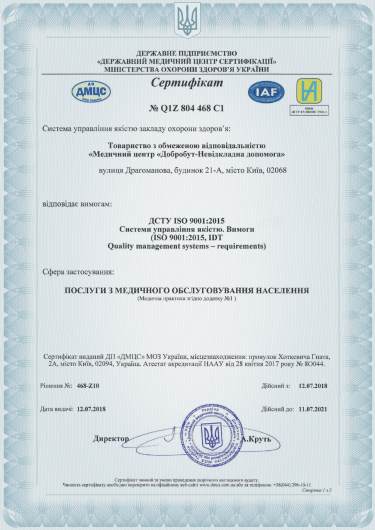
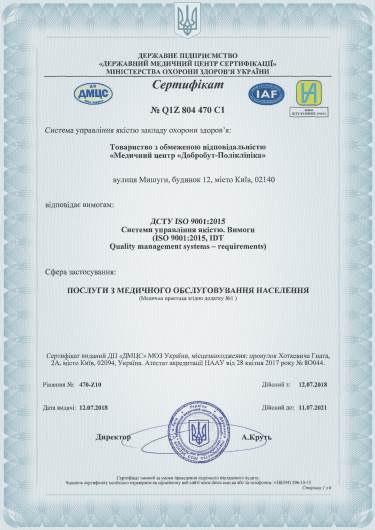
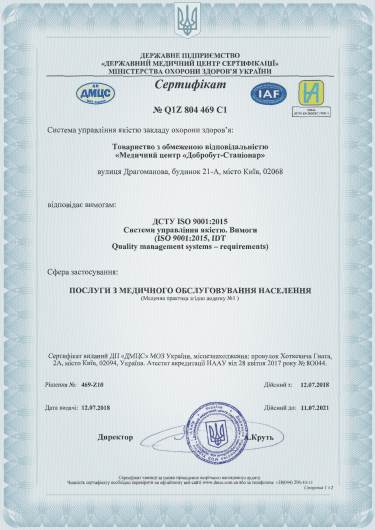
Accreditation certificates
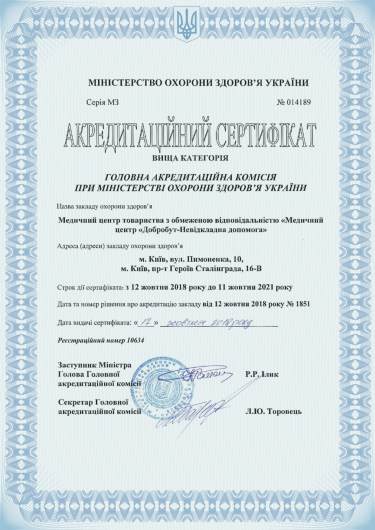
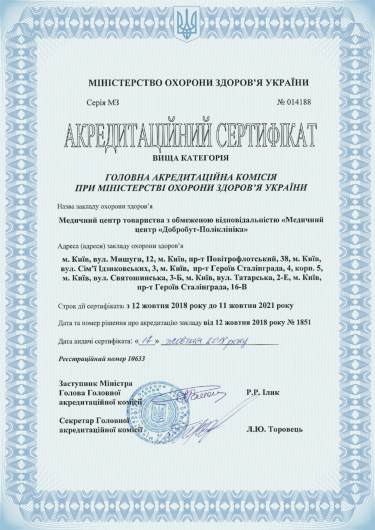

Licenses of medical practice
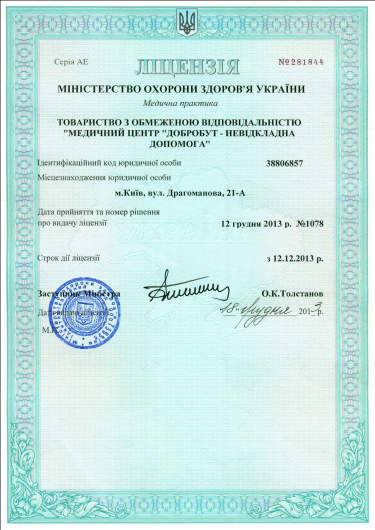
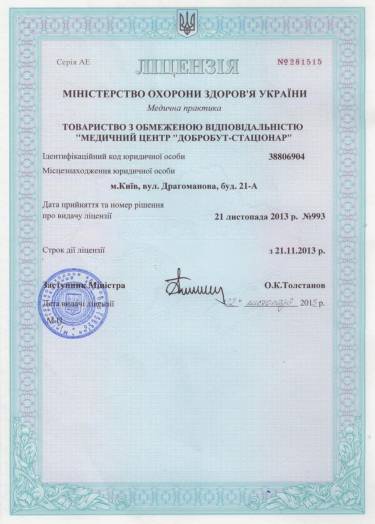










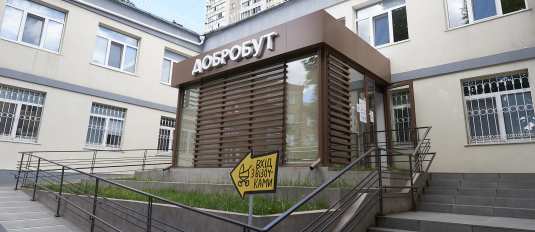






@2x.png)
@2x.png)
%402x.png)
%402x.png)
